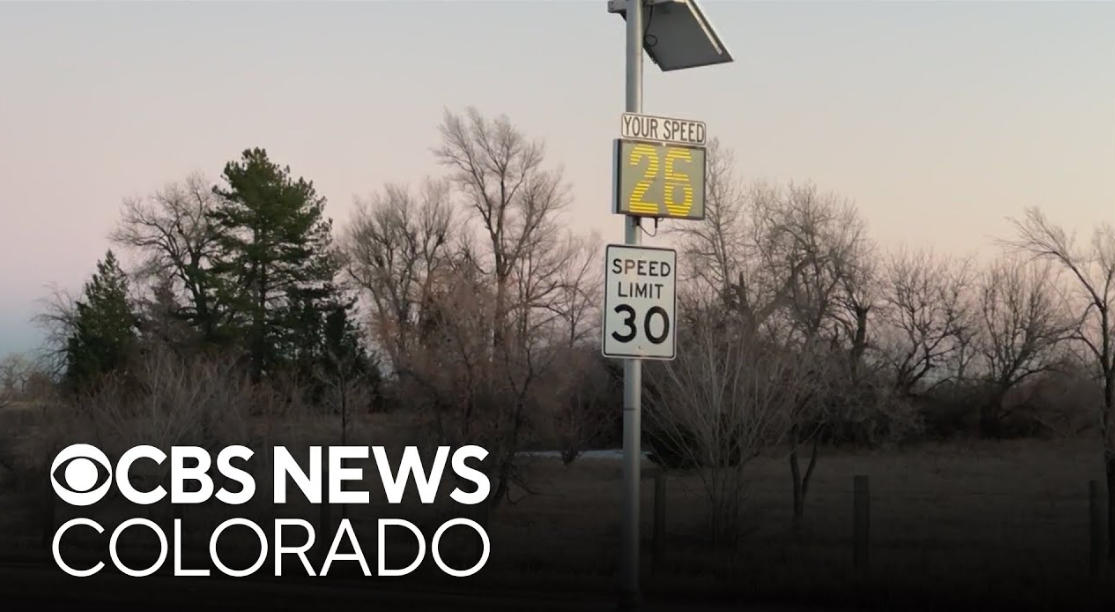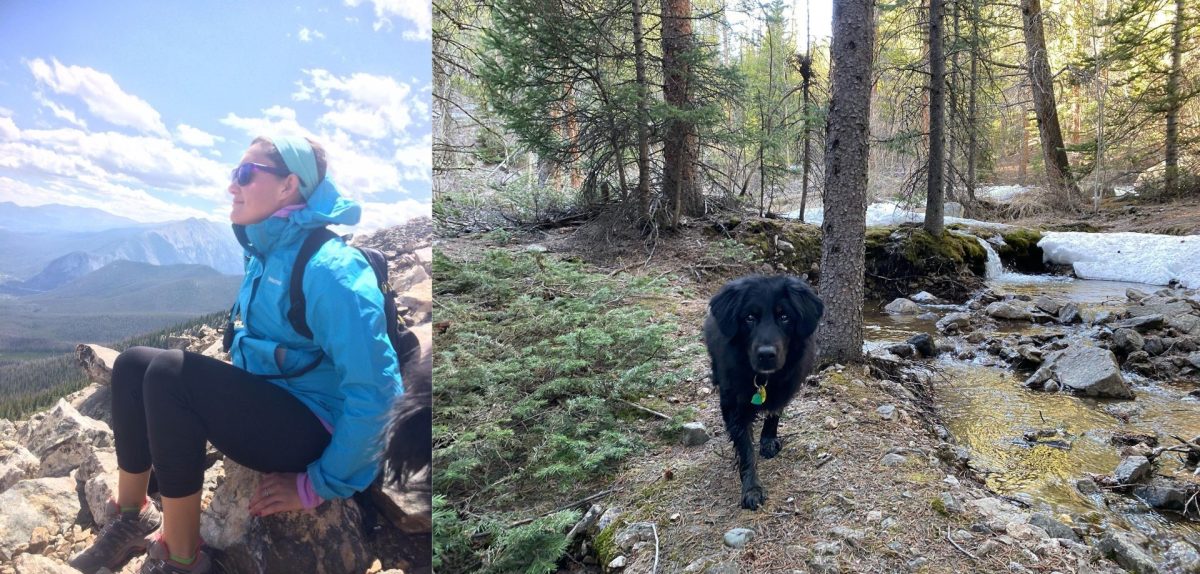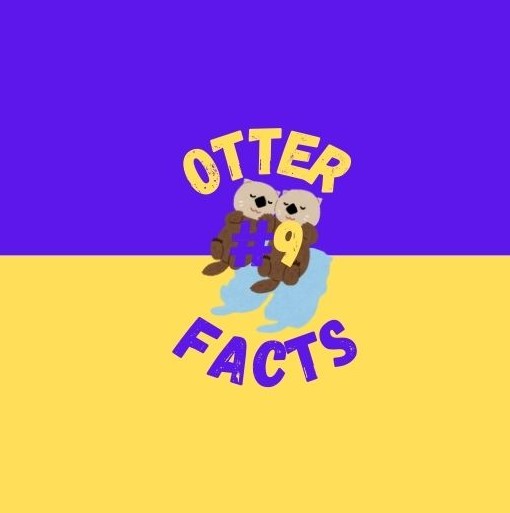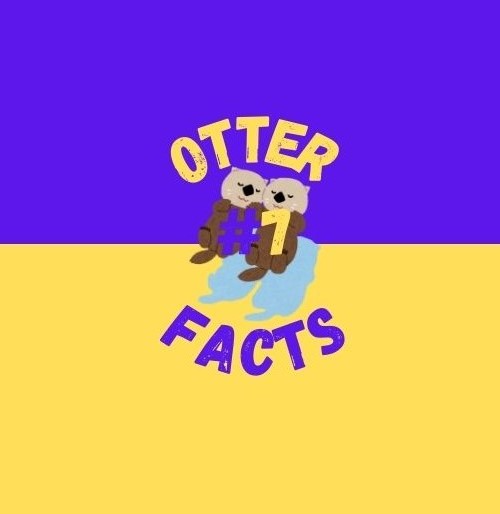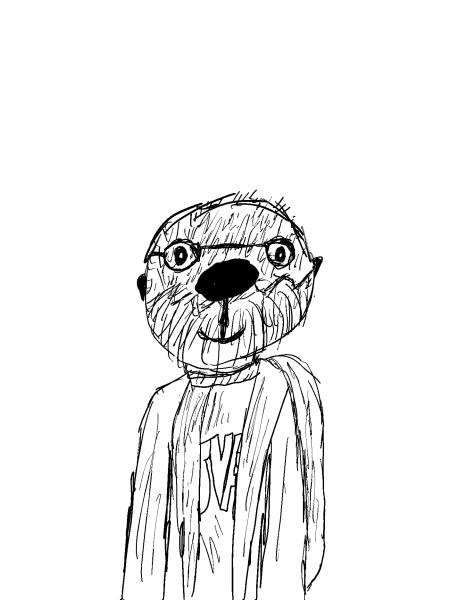
Otters. You know why you’re reading about them, right? JVA is the home of the otters; you’re an otter. The picture for the student group in Schoology and the weekly Otter News shows that… and, well, tells that. Our drawn mascot may not have the appearance of real otters–they don’t have abs and can’t stand on just two legs unfortunately–but the spirit is still there. No one can deny that we’re the JVA otters. But what about the real deal? What is the real life animal our mascot is modeled after like? Glad you asked.
Here are ten more basic facts about the amazing, adorable otter.
- Cute but dangerous
Otters are undeniably adorable and look so cuddly with their thick brown fur. However, that doesn’t change the fact that they’re wild animals. Along with being wild animals, they’re also predators and need defenses against their predators. They have sharp claws and teeth, and as a result it is recommended that you stay at least 5 kayak lengths away from them on land and in water. If an otter notices you, you’re too close! They may be adorable and you may love them, but they’re wild animals and deserve space.
- Unique relatives
As a member of the Mustelidae(muh-stel-ah-die) family, the different species of otters aren’t just related to each other; they’re related to wolverines, weasels, skunks, and badgers. It is interesting to note that sea otters are the smallest North American marine mammal but the largest member of the Mustelidae family.
- Otter rafts!
Imagine you’re in the Pacific Ocean. It’s a nice, clear day and you’re enjoying yourself. Then, suddenly, as you survey the beautiful water, you see… a line of brown bodies! Congratulations, you just saw an otter raft. Otter rafts can have up to 1,000 individuals all resting together, connected by seaweed.
- Alaska is home
While different otter species live in a variety of places around the world, around 90% of sea otters call the waters surrounding Alaska home. They primarily call the coasts around Kenai Fjords National Park, Kodiak National Wildlife Refuge, and Glacier Bay National Park home.
- They use tools
As mostly marine animals, otters usually eat animals with shells. Their teeth are not reliable enough to break open the shells of their prey, so they instead use a rock to hammer or anvil hard-shelled prey animals in order to eat them. But what about when they’re not eating? Not to worry! They have loose skin under their armpits where they not only store their rock but also already caught prey items to eat later.
- Protection for these precious animals
In the past, sea otters were hunted nearly to extinction by fur traders during the 1700’s and 1800’s. The remaining otters were first protected in 1911 under the International Fur Seal Treaty. Later on, in the 1970’s, the sea otters calling U.S. waters home were then given further protection under the Marine Mammal Protection Act. It’s a curious and slightly worrying question about what would happen to the sea otter if these protection efforts weren’t put into place when they were.
- A keystone species for the ocean
Sea otters are known as a keystone species, essentially meaning they play a major part in the stability of the ecosystem they are a part of. Sea otters do this by regulating the sea urchin population. The control of sea urchins in turn keeps kelp forests from getting overeaten. So sea otters are not just adorable animals, but also essential for the stability of the Pacific Ocean ecosystem!
- Sea otters eat quite a bit!
On a daily basis, sea otters eat around 25% of their body weight in food. Their diet consists of numerous small ocean species, and they find their meals using their whiskers, as well as their forepaws to dig.
- They can stay underwater longer than you!
Sea otters can stay underwater for at least five minutes, and river otters for up to eight minutes. Additionally, an otter’s lung capacity is 2.5 times greater than the lung capacity of land mammals that are similar in size. Needless to say, you couldn’t win a breath holding contest against an otter!
- Pups!
An interesting thing about otter pups is that they have such thick fur that they can’t go underwater until they’re old enough to grow their adult coat. For sea otters living in the north, pups are born in the spring likely because that is the season with the most favorable conditions. On the other hand, sea otter pups in the south can be born at any time of the year, once again likely because all seasons have favorable conditions in this region.
Have you learned something new about otters? If you did, fear not because there is much, much more to learn. This is still just the start; just the dipping of toes into the glorious waters of the otters. Maybe next time you’ll be ready to learn about individual otter species! Next time you see our mascot, just remember the amazing world of real life otters it is based off of.

